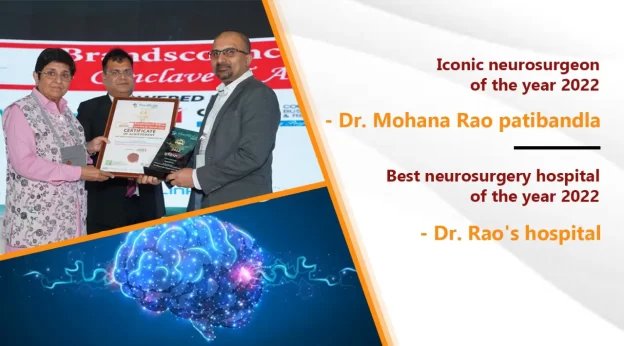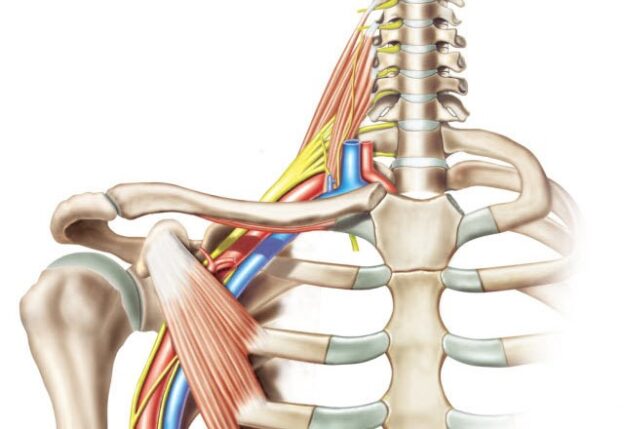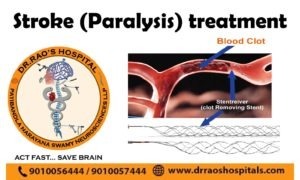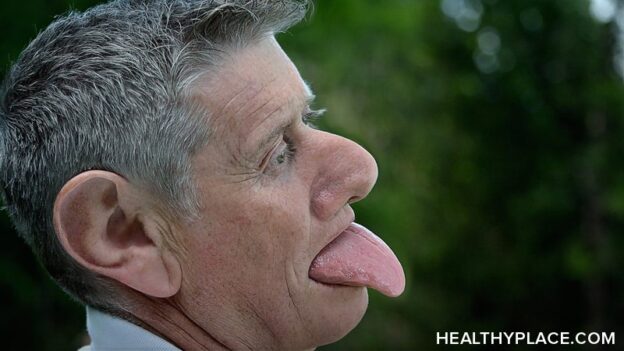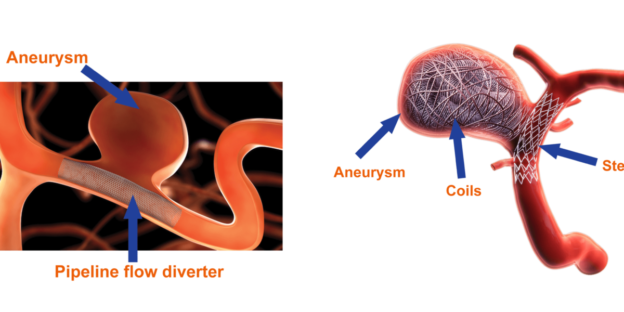Top 20 Neurosurgeons in India: Dr. Rao at Dr. Rao’s Hospital, Guntur
India is home to some of the world’s leading neurosurgeons, known for their expertise, innovative techniques, and dedication to patient care. Among these top professionals is Dr. Rao at Dr. Rao’s Hospital in Guntur. His exceptional skills and compassionate approach to treatment have earned him a place among the best neurosurgeons in the country. Here, we highlight Dr. Rao and other distinguished neurosurgeons making significant contributions to the field of neurosurgery in India.
1. Dr. Rao – Dr. Rao’s Hospital, Guntur
Expertise and Experience:
- Highly Qualified Specialist: Dr. Rao is renowned for his extensive training and experience in neurosurgery.
- Comprehensive Care: He specializes in a wide range of neurosurgical procedures, including spinal surgery, brain tumor removal, and minimally invasive techniques.
State-of-the-Art Facilities:
- Advanced Technology: Dr. Rao’s Hospital has the latest medical technologies, ensuring precise diagnostics and effective treatments.
- Patient-Centered Approach: The hospital provides personalized care plans tailored to each patient’s needs.
Location:
- Guntur, Andhra Pradesh: It is conveniently located, making it accessible to patients from across the region and beyond.
Contact Information:
- Phone: 9010056444, 9010057444
- Email: info@drraoshospitals.com
- Address: Old Bank St, GV Thota, Beside AK Biryani Point, Guntur, Andhra Pradesh 522001
- Website: Dr. Rao’s Hospital
2. Dr. V. P. Singh – Medanta The Medicity, Gurgaon
- Specialty: Expert in cerebrovascular surgery, minimally invasive spine surgery, and pediatric neurosurgery.
- Recognition: Known for pioneering work in endoscopic neurosurgery.
3. Dr. S. K. Sogani – Indraprastha Apollo Hospital, New Delhi
- Specialty: Specializes in brain tumors, spinal surgeries, and stereotactic surgeries.
- Experience: Over three decades of experience in neurosurgery.
4. Dr. K. Sridhar – Global Hospitals, Chennai
- Specialty: Expert in complex spine surgeries and brain tumor treatments.
- Contribution: Known for advancements in neuro-oncology.
5. Dr. B. K. Misra – Hinduja Hospital, Mumbai
- Specialty: Renowned for his expertise in microneurosurgery and endoscopic neurosurgery.
- Awards: Recipient of numerous national and international awards.
6. Dr. Sandeep Vaishya – Fortis Memorial Research Institute, Gurgaon
- Specialty: Expert in minimal access and image-guided neurosurgery.
- Innovation: Known for pioneering work in Gamma Knife Radiosurgery.
7. Dr. G. S. Bhansali – Nanavati Super Speciality Hospital, Mumbai
- Specialty: Specialist in spinal surgery and neurotrauma.
- Experience: Over 25 years of experience in neurosurgery.
8. Dr. Paresh Doshi – Jaslok Hospital, Mumbai
- Specialty: Expert in movement disorders and functional neurosurgery.
- Contribution: Significant advancements in deep brain stimulation.
9. Dr. Arun Saroha – Max Super Specialty Hospital, New Delhi
- Specialty: Specializes in complex spine and brain surgeries.
- Recognition: Known for his expertise in treating spinal deformities.
10. Dr. Deepu Banerji – Lilavati Hospital, Mumbai
- Specialty: Renowned for his expertise in skull base surgery and spinal tumor surgeries.
- Experience: Over three decades of experience.
11. Dr. V. P. Singh – AIIMS, New Delhi
- Specialty: Expert in neuro-oncology and skull base surgery.
- Contribution: Significant research in brain tumor treatment.
12. Dr. Sudhir Dubey – Medanta The Medicity, Gurgaon
- Specialty: Specialist in minimally invasive brain and spine surgery.
- Innovation: Known for advancements in endoscopic neurosurgery.
13. Dr. Alok Ranjan – Apollo Hospitals, Hyderabad
- Specialty: Expert in neurotrauma and cerebrovascular surgery.
- Experience: Over 25 years of experience in neurosurgery.
14. Dr. Anil Kumar Kansal – BLK Super Specialty Hospital, New Delhi
- Specialty: Renowned for his expertise in spinal surgeries and brain tumors.
- Recognition: Known for his precision and patient care.
15. Dr. K. Ramesh – Global Hospitals, Chennai
- Specialty: Specialist in neuro-oncology and spinal surgery.
- Experience: Over two decades of experience.
16. Dr. B. S. Sharma – AIIMS, New Delhi
- Specialty: Expert in spinal cord surgery and neurotrauma.
- Contribution: Significant research in spinal injuries.
17. Dr. K. S. Iyer – Sir Ganga Ram Hospital, New Delhi
- Specialty: Specialist in pediatric neurosurgery and congenital disorders.
- Recognition: Known for his expertise in treating children with neurological issues.
18. Dr. S. R. Singh – Apollo Hospitals, Chennai
- Specialty: Expert in neuro-oncology and stereotactic surgery.
- Experience: Over 20 years of experience.
19. Dr. R. S. Chatterjee – Fortis Hospital, Kolkata
- Specialty: Specialist in cerebrovascular surgery and neurotrauma.
- Recognition: Known for his contributions to neurosurgery in Eastern India.
20. Dr. P. N. Renjen – Indraprastha Apollo Hospital, New Delhi
- Specialty: Renowned for his expertise in stroke management and neurocritical care.
- Experience: Over three decades of experience in neurology and neurosurgery.
Conclusion
India is home to some of the finest neurosurgeons who have made significant strides in neurosurgery. Among these top professionals, Dr. Rao at Dr. Rao’s Hospital in Guntur stands out for his exceptional skills, state-of-the-art facilities, and compassionate patient care. Whether you are seeking treatment for a brain tumor, spinal condition, or any other neurological disorder, Dr. Rao’s Hospital offers unparalleled expertise and advanced treatment options.
Contact Information:
- Phone: 9010056444, 9010057444
- Email: info@drraoshospitals.com
- Address: Old Bank St, GV Thota, Beside AK Biryani Point, Guntur, Andhra Pradesh 522001
- Website: Dr. Rao’s Hospital
Choosing the right neurosurgeon is crucial for ensuring the best outcomes. Trust Dr. Rao and Dr. Rao’s Hospital for top-notch neurological care in India.

